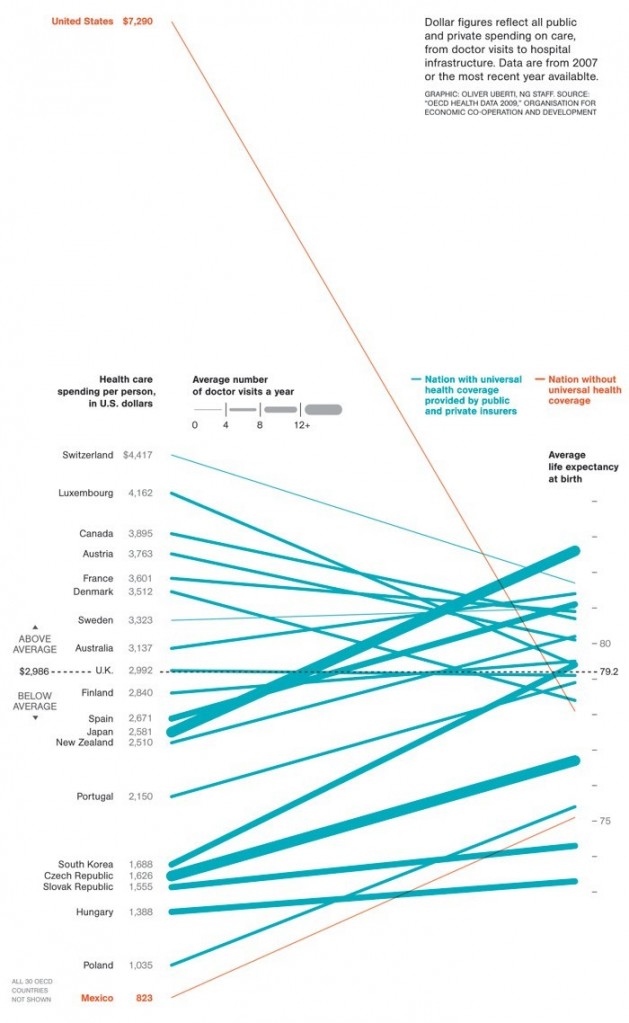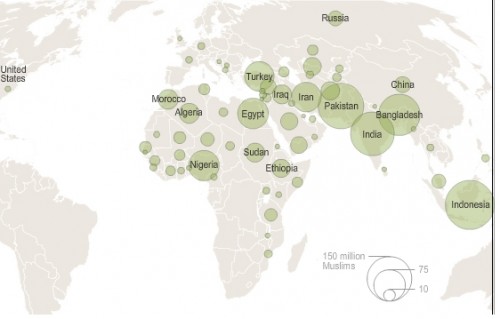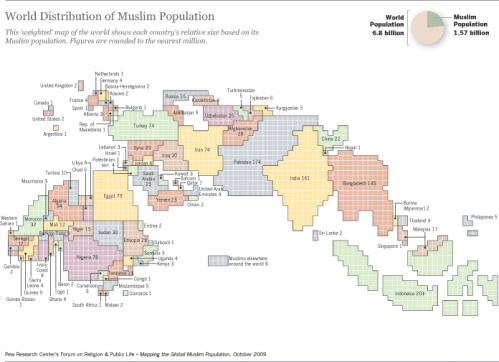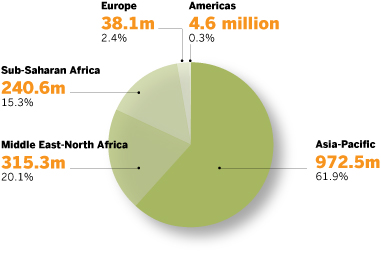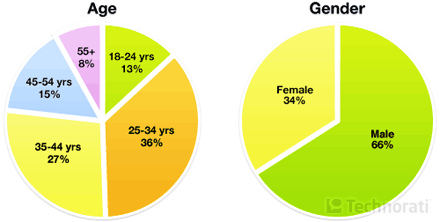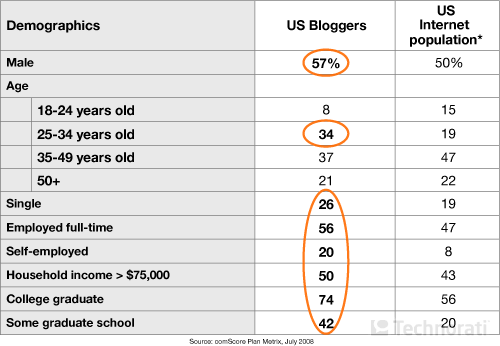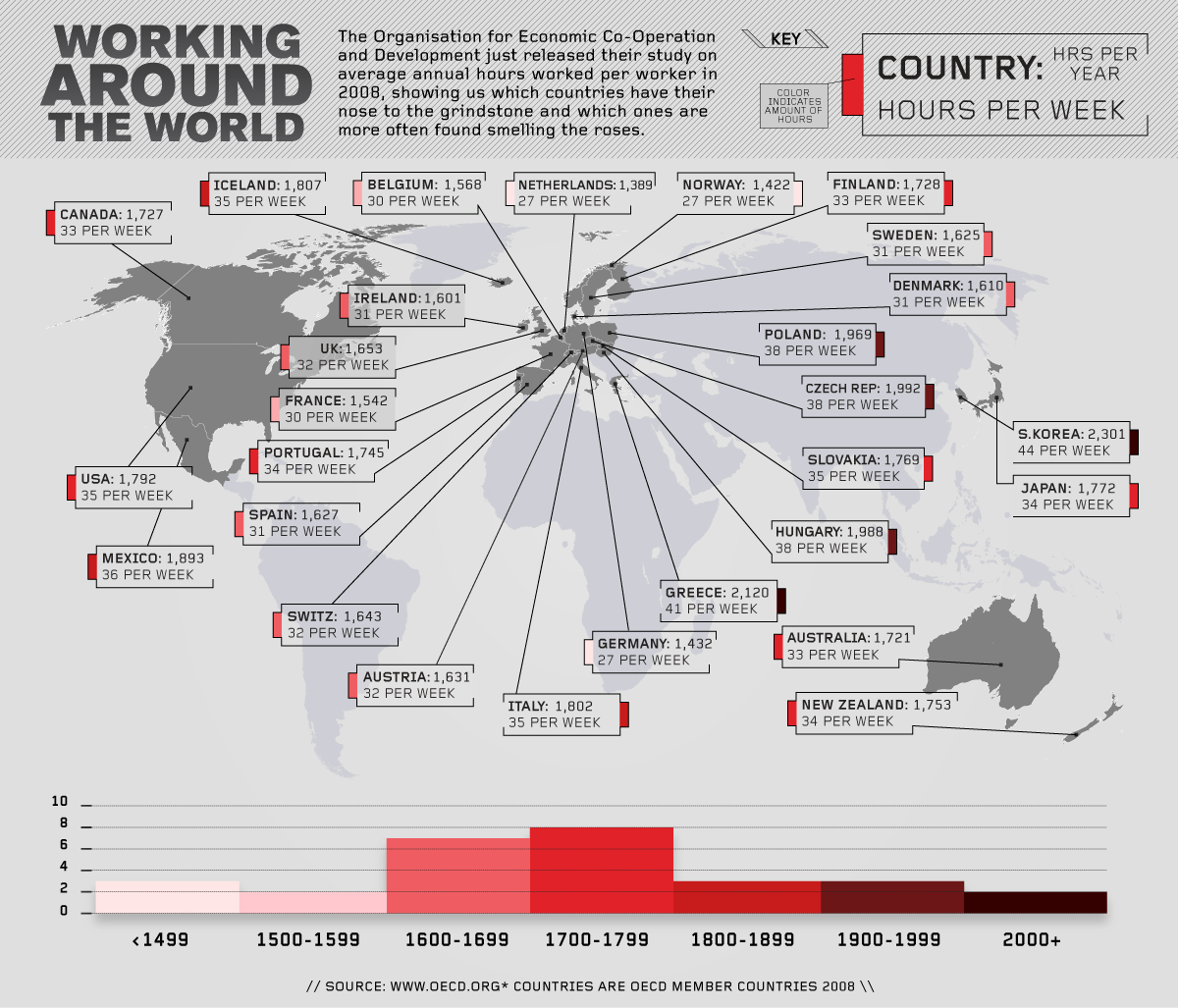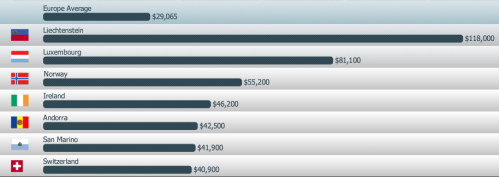Greg Mankiw, a big shot economist (he was the chairman of President Bush’s Council of Economic Advisors) had a brief blog post on Monday comparing European countries and the US. It’s part of a long-standing debate about the relative merits of European-style social democracy. The left wants the US goverment to do more to reduce inequalities (ensuring universal health care, for example, or providing benefits for the unemployed, and the poor, requiring employers to offer paid maternity leave, etc.). Those on the right argue that these policies would stifle the economy. They offer an economic picture of America the dynamic, Europe the stagnant.
The volume on that debate got turned up by an article by Jim Manzi in National Affairs. He refers to “government policies — to reduce inequality or ensure access to jobs, education, housing, or health care — that can in turn undercut growth and prosperity.”
Paul Krugman, in his column on Monday, rejected this idea:
The real lesson from Europe is actually the opposite of what conservatives claim: Europe is an economic success, and that success shows that social democracy works.
Greg Mankiw gives some data on GDP per capita, adding with a sly grin, “Readers of today’s column by Paul Krugman might find these figures useful to keep in mind.” He gives the data for “the United States and the five most populous countries in Western Europe.”
We’re number one. We’re way ahead – 30% higher than the UK next in line. Mankiw wins; Krugman loses. Case closed. Or is it?
I’m sure there’s a good economic reason for this cherry-picking choosing only the five largest cherries. But if you were curious about some of the insignificant countries in Europe and elsewhere, you might want to take a look at the entire list. Here’s an expanded chart:
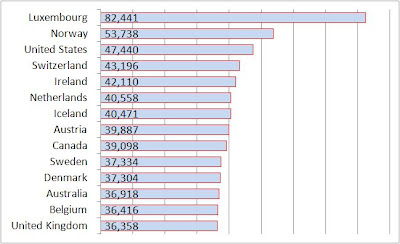
It turns out that among the non-Asian industrial democracies, there are a few countries that fall in that $11,000 gap between the US and UK. And when you include all those countries, the US is no longer number one.


